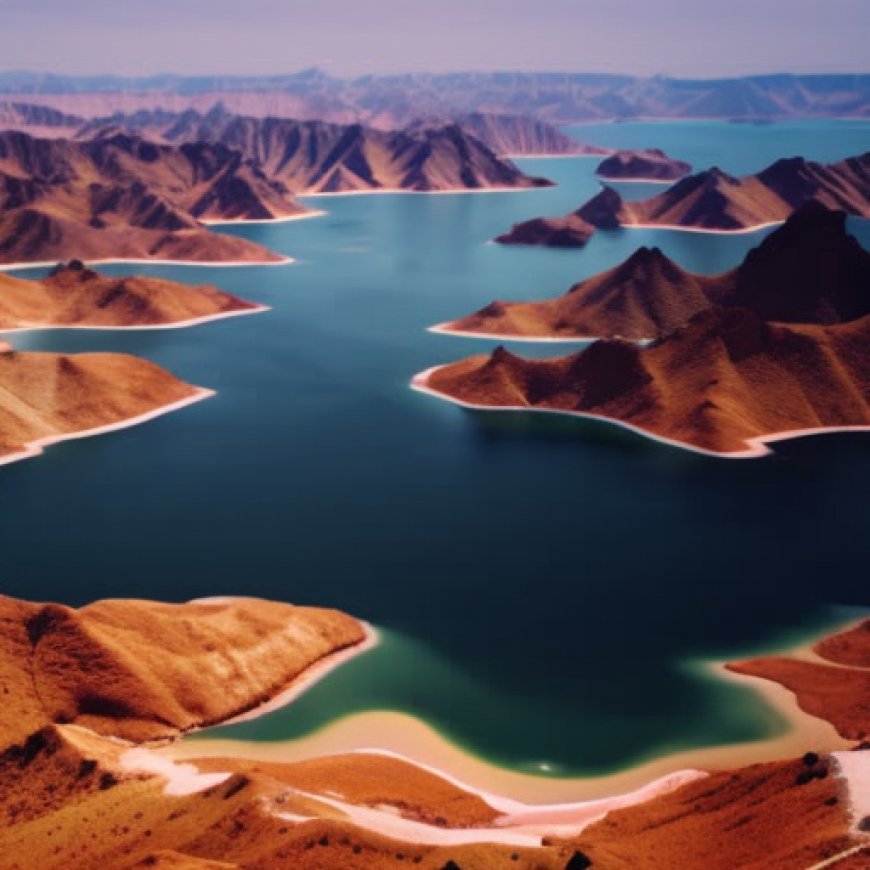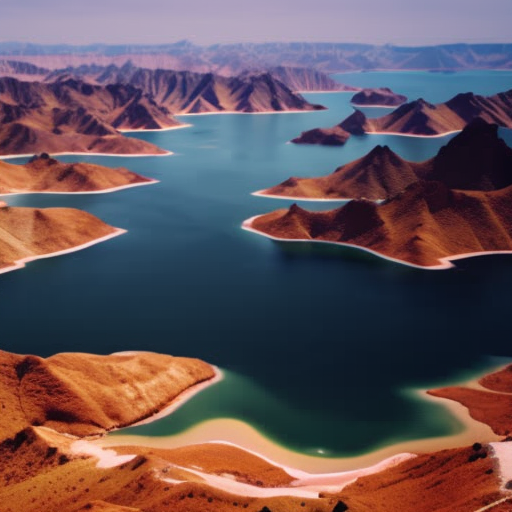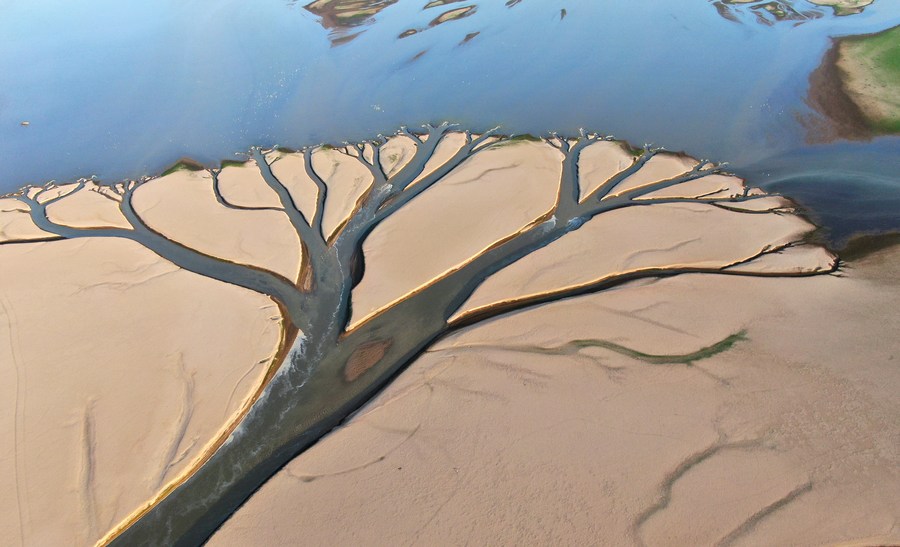China’s largest freshwater lake enters dry season on earliest recorded date
China's largest freshwater lake enters dry season on earliest ... China Daily


Poyang Lake Enters Dry Season Earlier Than Ever Before
Aerial photo taken on Aug 22, 2022 shows the tidal-flat presenting a landscape of a tree in Jinxian section of Poyang Lake in East China’s Jiangxi province. [Photo/Xinhua]

The water resources department of Jiangxi province in east China has announced that Poyang Lake, the country’s largest freshwater lake, has entered its dry season on Thursday. This is the earliest start to the dry season since records began in 1951.
Record-breaking Early Start
- The water level at the Xingzi hydrological station, which is a landmark of Poyang Lake, reached 11.99 meters at 11 am on Thursday. This signifies the beginning of the dry season.
- This date is 17 days earlier than the previous record, which was set on August 6, 2022.
Significant Water Level Decrease
- On June 29, the highest water level at the Xingzi station this year was recorded at 15.19 meters. This is 3.98 meters lower than the average highest water level in previous years.
- The current water level of 11.99 meters is 6.4 meters lower than in previous years.
Future Outlook
Meteorological forecasts predict that rainfall in Jiangxi Province will remain low for approximately 10 days. As a result, the water level of Poyang Lake is expected to continue fluctuating downward.
SDGs, Targets, and Indicators
1. Which SDGs are addressed or connected to the issues highlighted in the article?
- SDG 6: Clean Water and Sanitation
- SDG 13: Climate Action
- SDG 15: Life on Land
2. What specific targets under those SDGs can be identified based on the article’s content?
- SDG 6.4: By 2030, substantially increase water-use efficiency across all sectors and ensure sustainable withdrawals and supply of freshwater to address water scarcity.
- SDG 13.1: Strengthen resilience and adaptive capacity to climate-related hazards and natural disasters in all countries.
- SDG 15.1: By 2020, ensure the conservation, restoration, and sustainable use of terrestrial and inland freshwater ecosystems and their services, in particular forests, wetlands, mountains, and drylands, in line with obligations under international agreements.
3. Are there any indicators mentioned or implied in the article that can be used to measure progress towards the identified targets?
The article mentions the following indicators:
- Water level at the Xingzi hydrological station
- Comparison of water levels with previous records and averages
- Rainfall forecasts for Jiangxi Province
These indicators can be used to measure progress towards the identified targets. The water level at the Xingzi hydrological station indicates the availability of freshwater resources and can be used to assess water scarcity. Comparisons with previous records and averages provide insights into changes in water levels and potential impacts on water-use efficiency. Rainfall forecasts help in understanding the climate conditions and their influence on water resources.
4. Table: SDGs, Targets, and Indicators
| SDGs | Targets | Indicators |
|---|---|---|
| SDG 6: Clean Water and Sanitation | Target 6.4: By 2030, substantially increase water-use efficiency across all sectors and ensure sustainable withdrawals and supply of freshwater to address water scarcity. | – Water level at the Xingzi hydrological station – Comparison of water levels with previous records and averages |
| SDG 13: Climate Action | Target 13.1: Strengthen resilience and adaptive capacity to climate-related hazards and natural disasters in all countries. | – Water level at the Xingzi hydrological station – Rainfall forecasts for Jiangxi Province |
| SDG 15: Life on Land | Target 15.1: By 2020, ensure the conservation, restoration, and sustainable use of terrestrial and inland freshwater ecosystems and their services, in particular forests, wetlands, mountains, and drylands, in line with obligations under international agreements. | – Water level at the Xingzi hydrological station – Comparison of water levels with previous records and averages |
Behold! This splendid article springs forth from the wellspring of knowledge, shaped by a wondrous proprietary AI technology that delved into a vast ocean of data, illuminating the path towards the Sustainable Development Goals. Remember that all rights are reserved by SDG Investors LLC, empowering us to champion progress together.
Source: chinadaily.com.cn

Join us, as fellow seekers of change, on a transformative journey at https://sdgtalks.ai/welcome, where you can become a member and actively contribute to shaping a brighter future.







